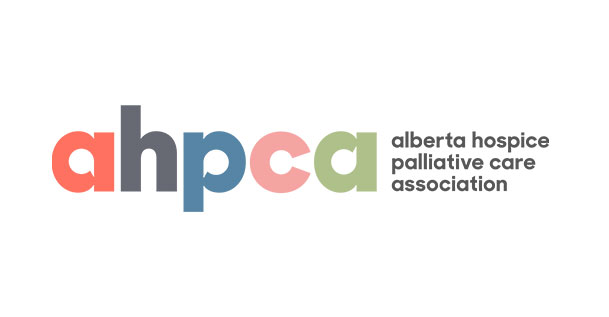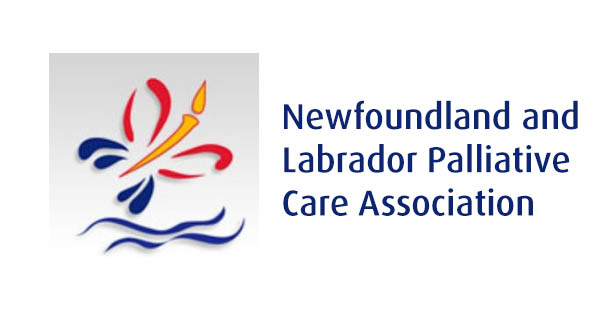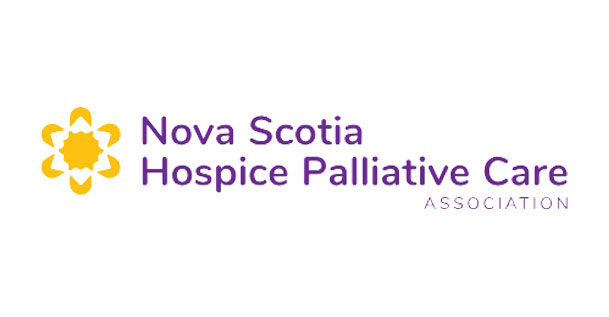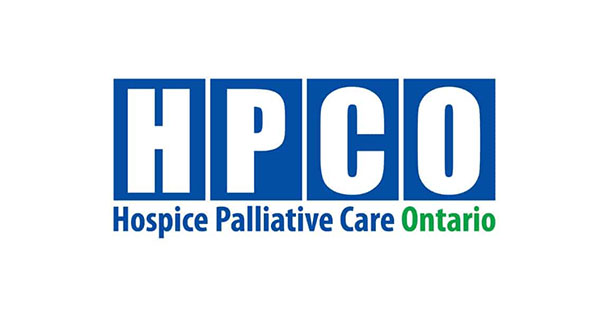Advocate for Hospice Palliative Care
Across Canada, too many people with serious illnesses—and their caregivers and families—still face barriers to getting the care and support they need. This National Hospice Palliative Care Week, join us in celebrating the power of hospice palliative care to support individuals and families across the country. Let’s raise our voices together to demand better access to quality hospice palliative care for every community, in every setting.

How You Can Help
- Raise awareness by sharing knowledge and resources.
-
- What is palliative care
- When should I think about palliative care
- Where can I find palliative care
- CHPCA Directory of Services
- PCCCs new Blueprint for Action 2025 – 2030
- Engage with your provincial Hospice Palliative Care Association (see links below)
4. Reach out to your Member of Parliament—with the recent election, it’s the perfect time to ask them to take a stand for better access to hospice palliative care services, including support for families and caregivers.
Encourage them to speak publicly about ending the stigma around palliative care and to support initiatives that bring palliative care education and resources to their riding.
MPs can play a vital role in raising awareness, influencing policy, and creating change.












